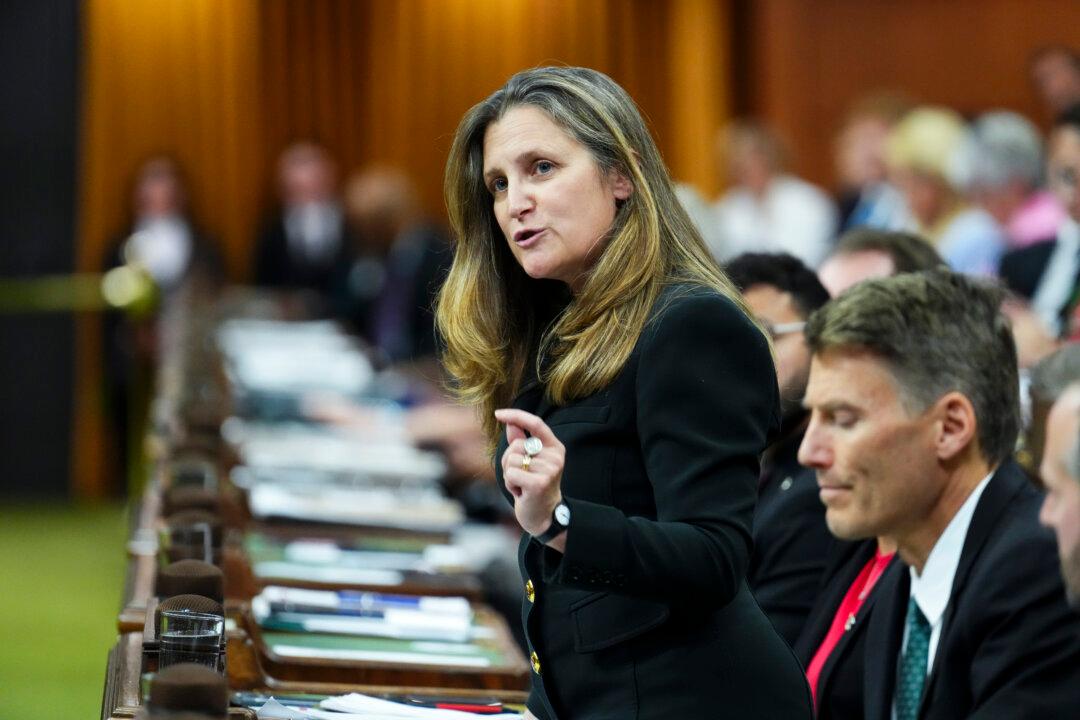Countries’ delegates participating in the COP15 conference in Montreal have reached a deal on Dec. 19 to strengthen the protection of the world’s biodiversity, including the aim to protect at least 30 percent of land and sea and by pledging of billions of dollars.
The deal reached by consensus is dubbed the Kunming-Montreal Global Diversity Framework based on the host cities in China and Canada.





